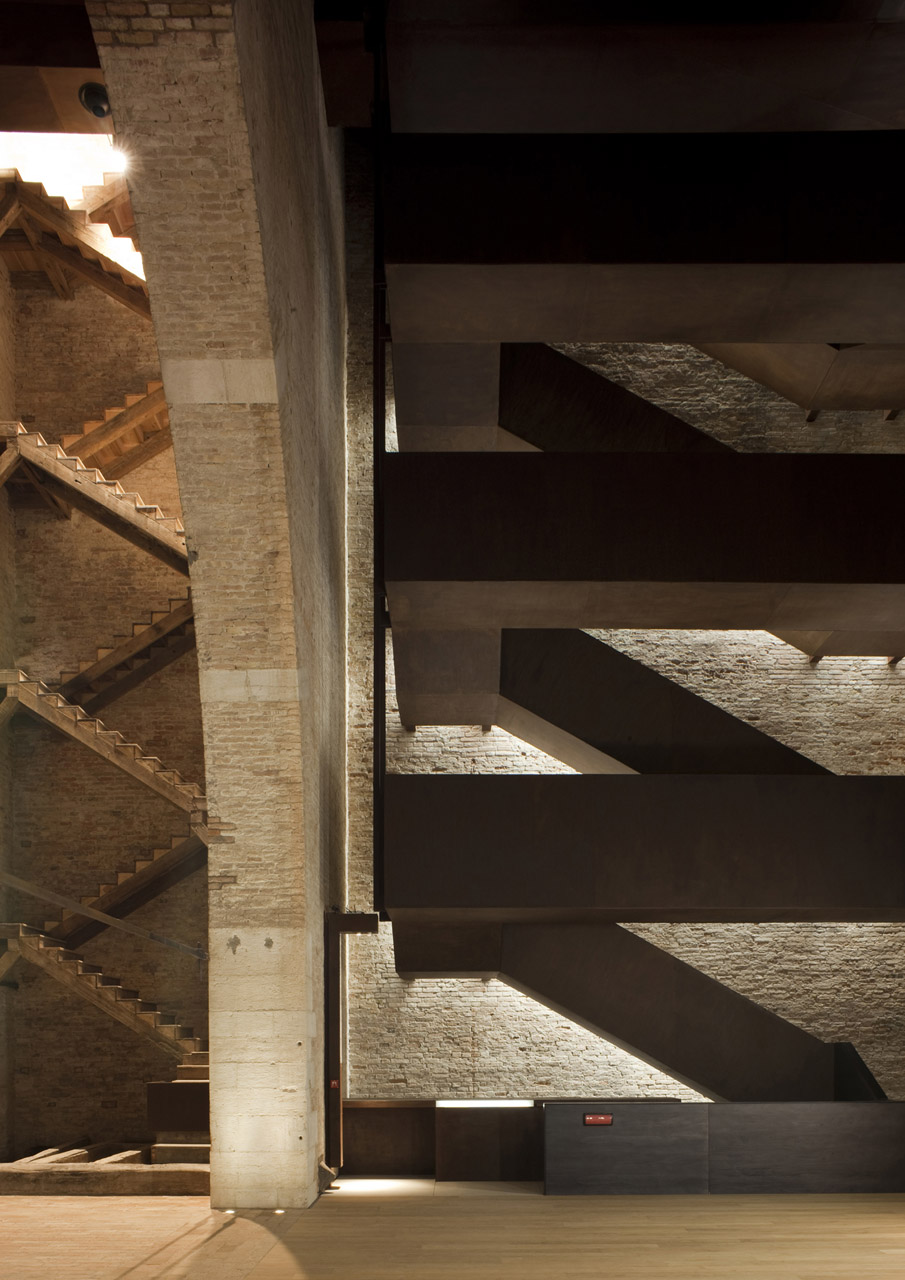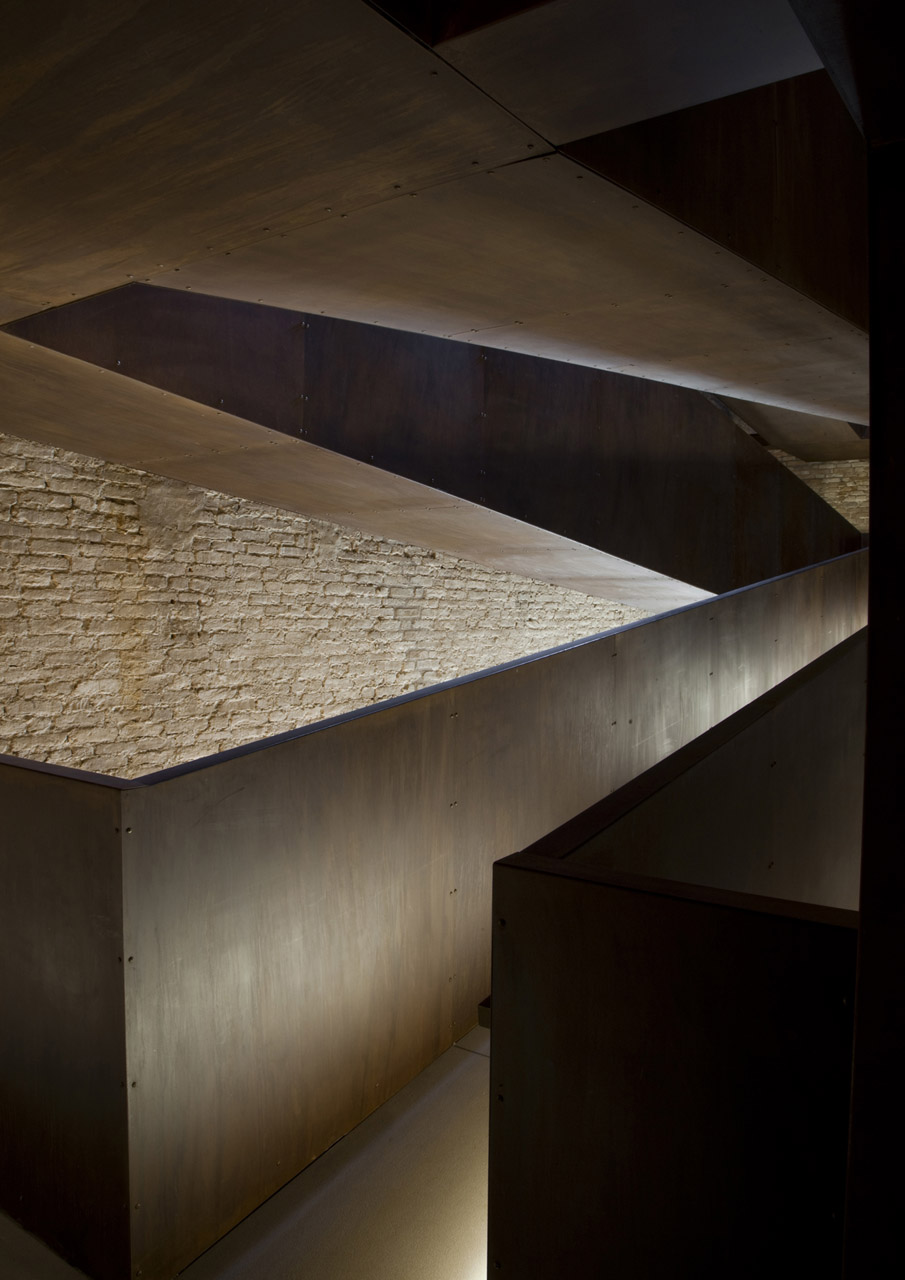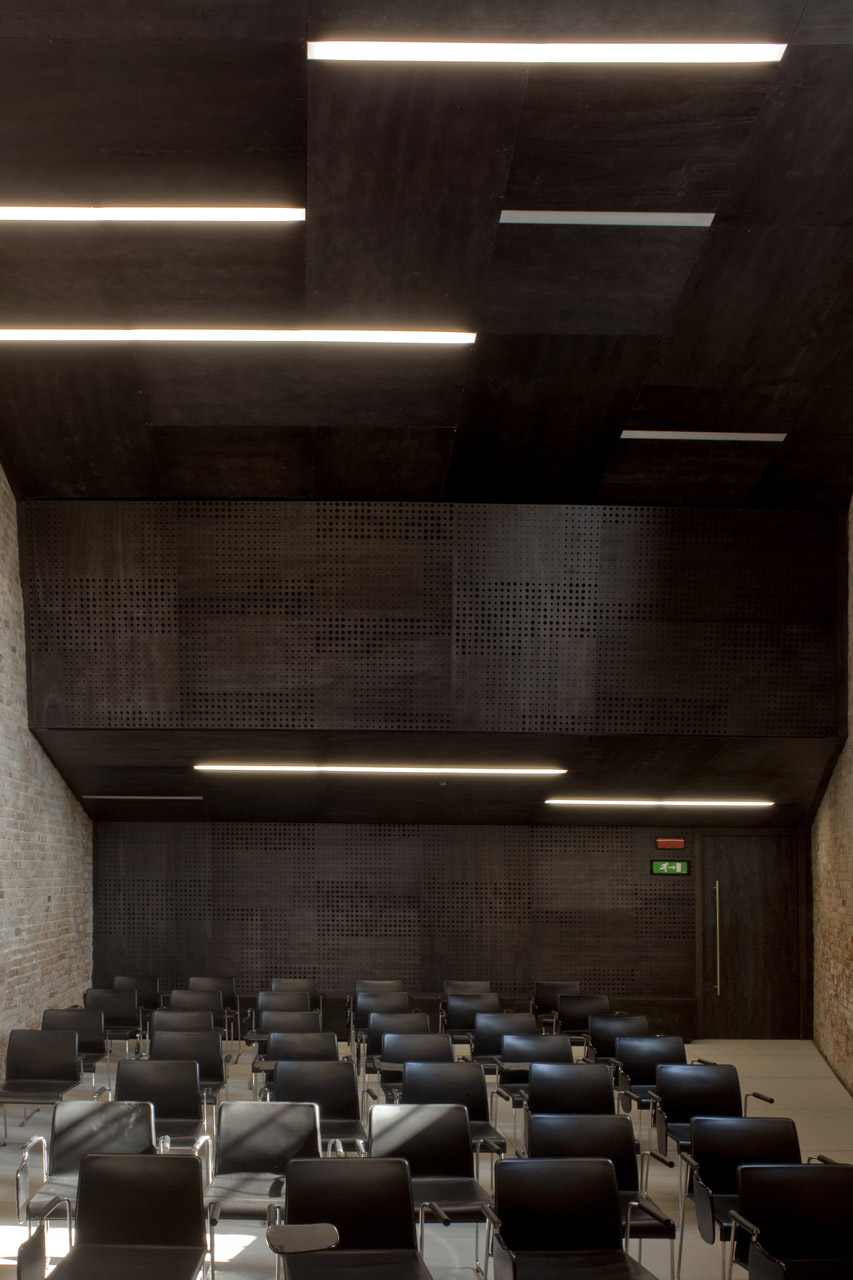Over the past fifteen years, architects Francesco Magnani and Traudy Pelzel from MAP studio had the opportunity to reshape the two gateways of Venice: the access point from the land (Piazzale Roma) and that from the sea (Torre di Porta Nuova at the Arsenale). These two projects seem to symbolize their approach, which sit in between the attachment to Venice and the need to look at it from the outside.
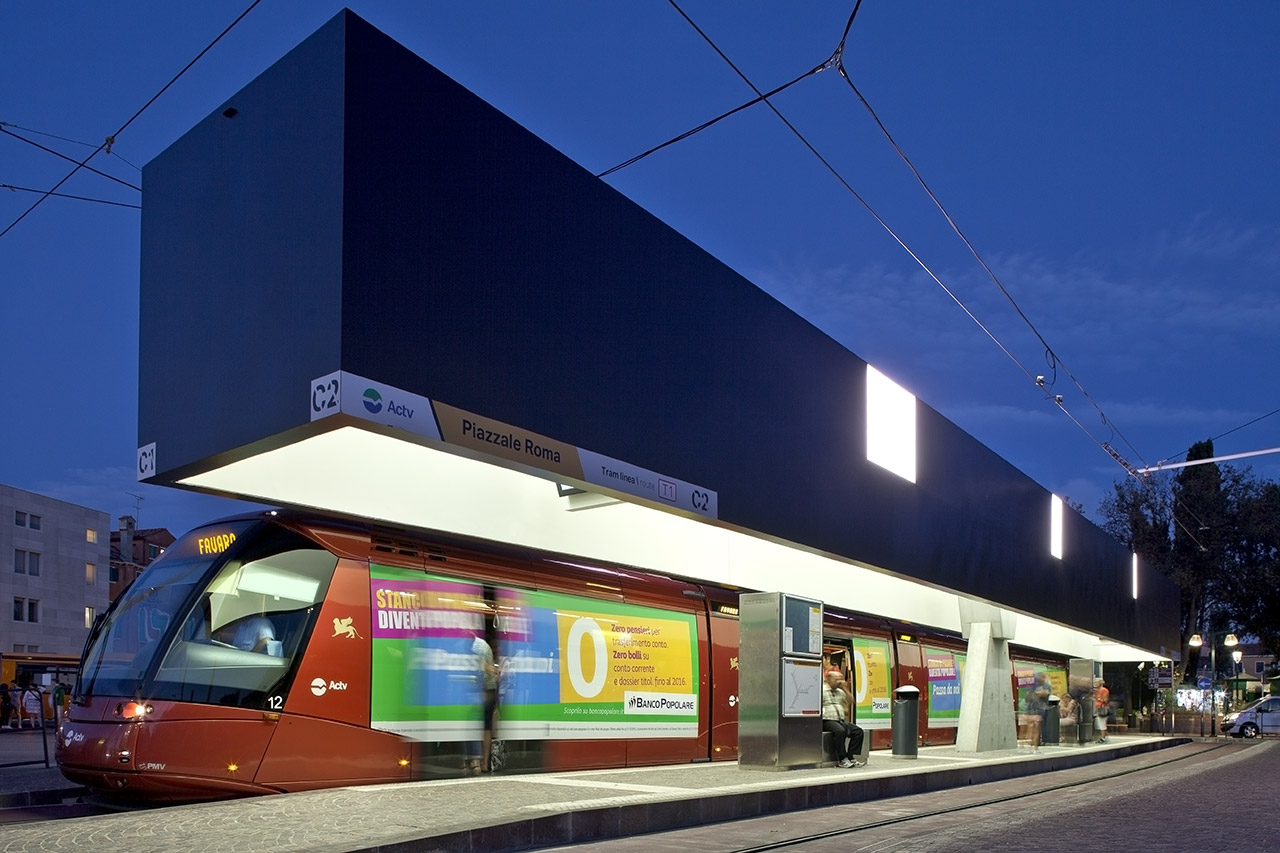
MAP studio deals with urban planning, design and architecture, focusing on urban renewal projects and reconversion of existing buildings, while also addressing interior design and exhibition design. Francesco and Traudy describe their work as a constant challenge: they try to govern complexity by studying functional solutions.
Both consider Venice as a “place to start from and to return to”: the architects have in fact followed different training paths that have led them, separately, to gain experiences outside Italy. Francesco lived and worked for several years in Portugal, while Traudy researched and worked in Sweden.
The couple then met in Venice when they were both in their thirties, and decided to open an architecture studio together. The common origin and the experiences gained abroad are a shared background that allows them to face commissions and projects with a common creative spirit. As the Venetians have been doing for centuries, they travel (and work) outside to bring a part of Venice to the world, and return back to the lagoon city to bring the external world back inside: in this sense the architects are linked to the tradition of a city in continuous transformation, whose core itself is transformability, a place of exchange and meeting, a cultural melting pot where different traditions intersected and gave rise to new forms and urban, architectural solutions.
The attention to antiquity and the reinvention of already existing structures are peculiar in the practice of the architects, which is expressed through conservation and restoration projects and the construction of new buildings, creating an open formal dialogue with a rural, urban or industrial context.
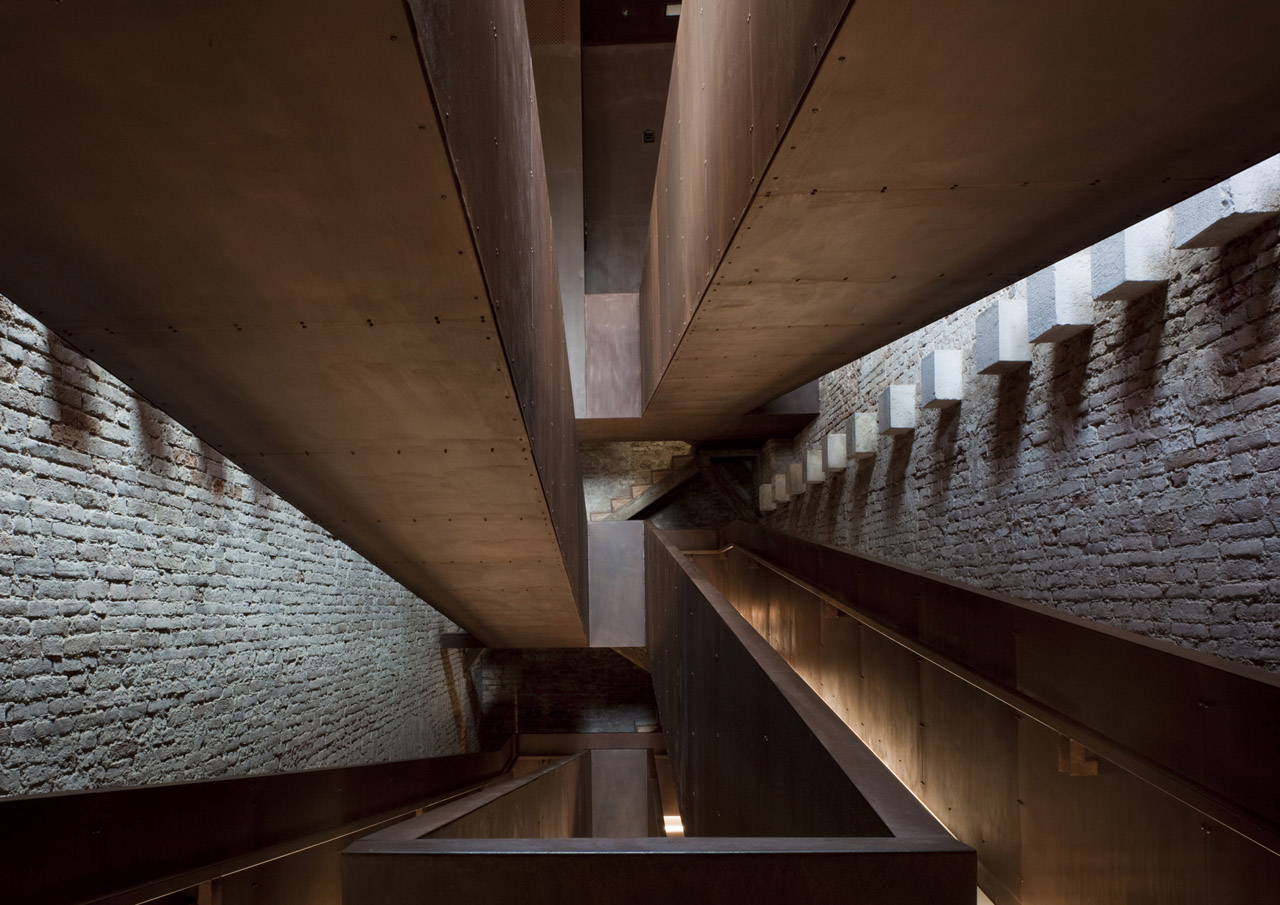
In this regard, the two projects mentioned at the beginning stand out: the tramway terminal in Piazzale Roma and the restoration of the Porta Nuova tower at the Arsenale, where the ships would be masted. Located at both ends of the city, thresholds between Venice and land on the one side, and Venice and sea on the other, the two landmarks beautifully express the concepts underlying the designers' research.
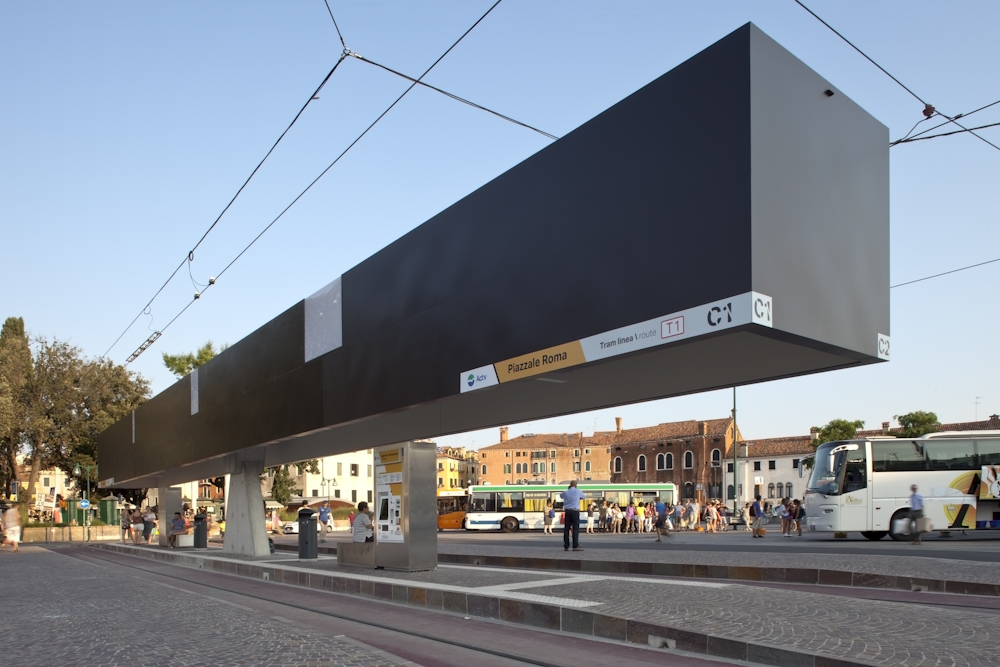
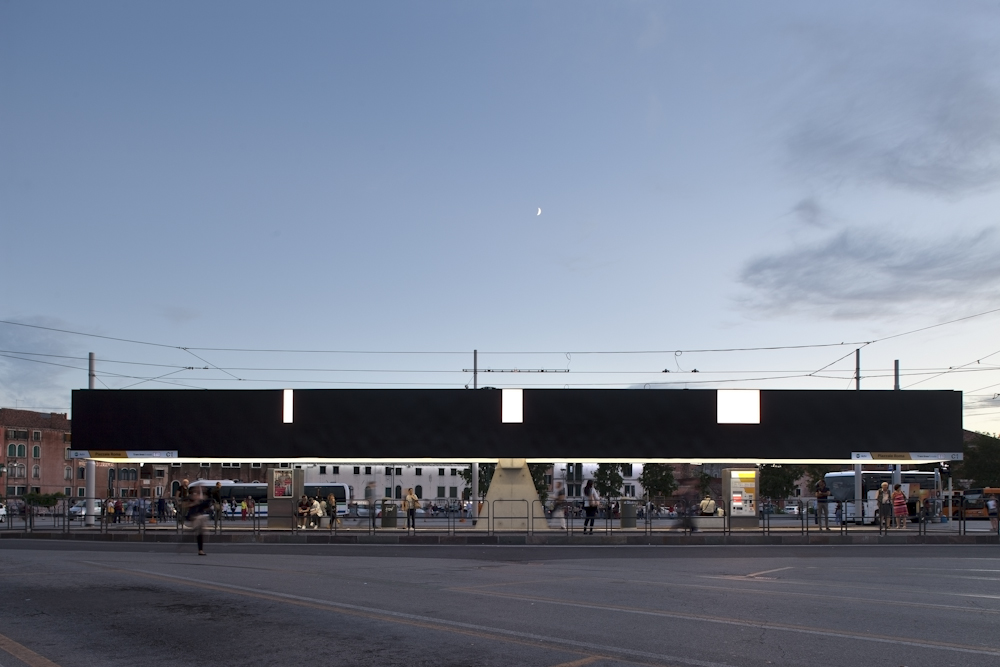
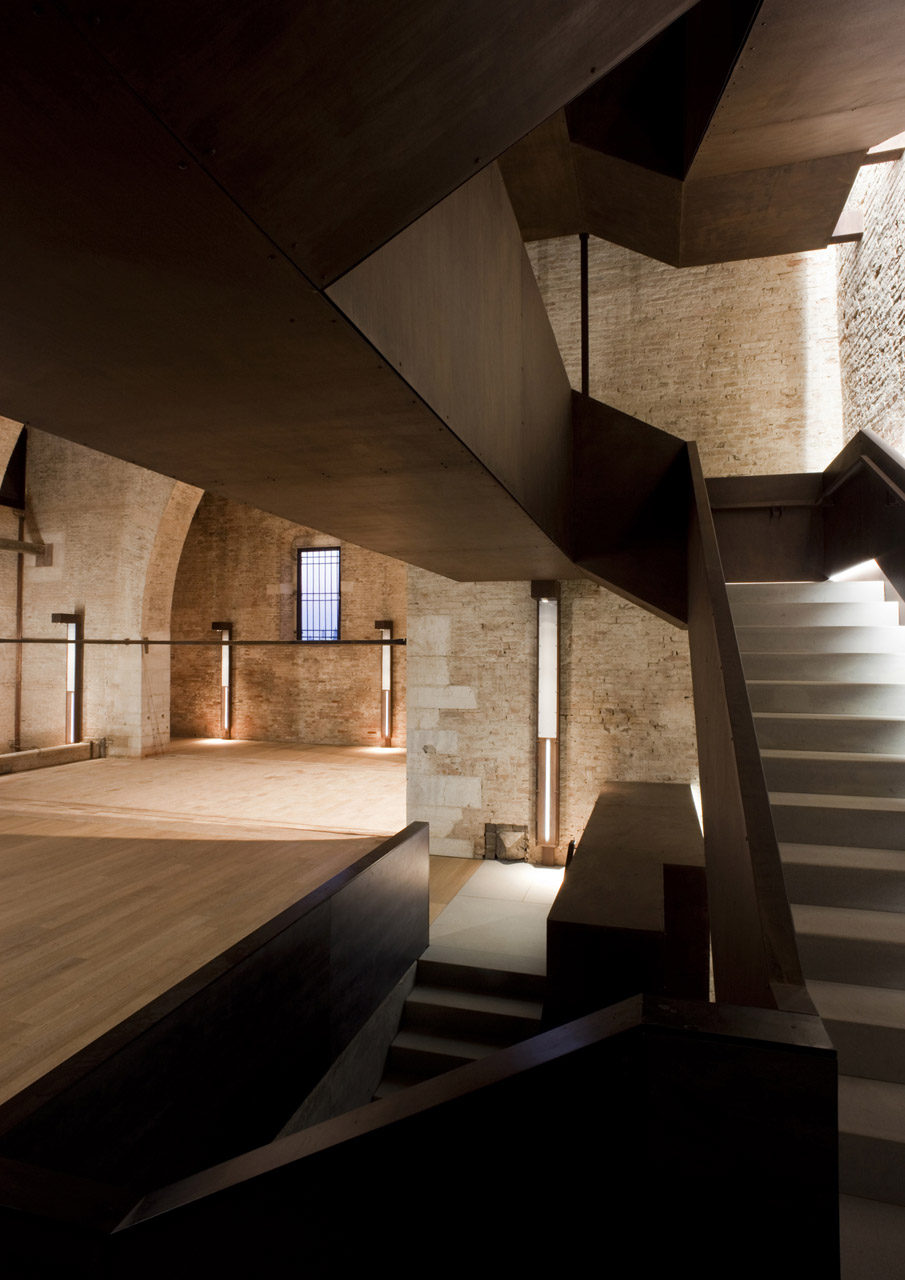
Ph.Alessandra ChemolloORCH
The restoration of Porta Nuova tower at the Arsenale
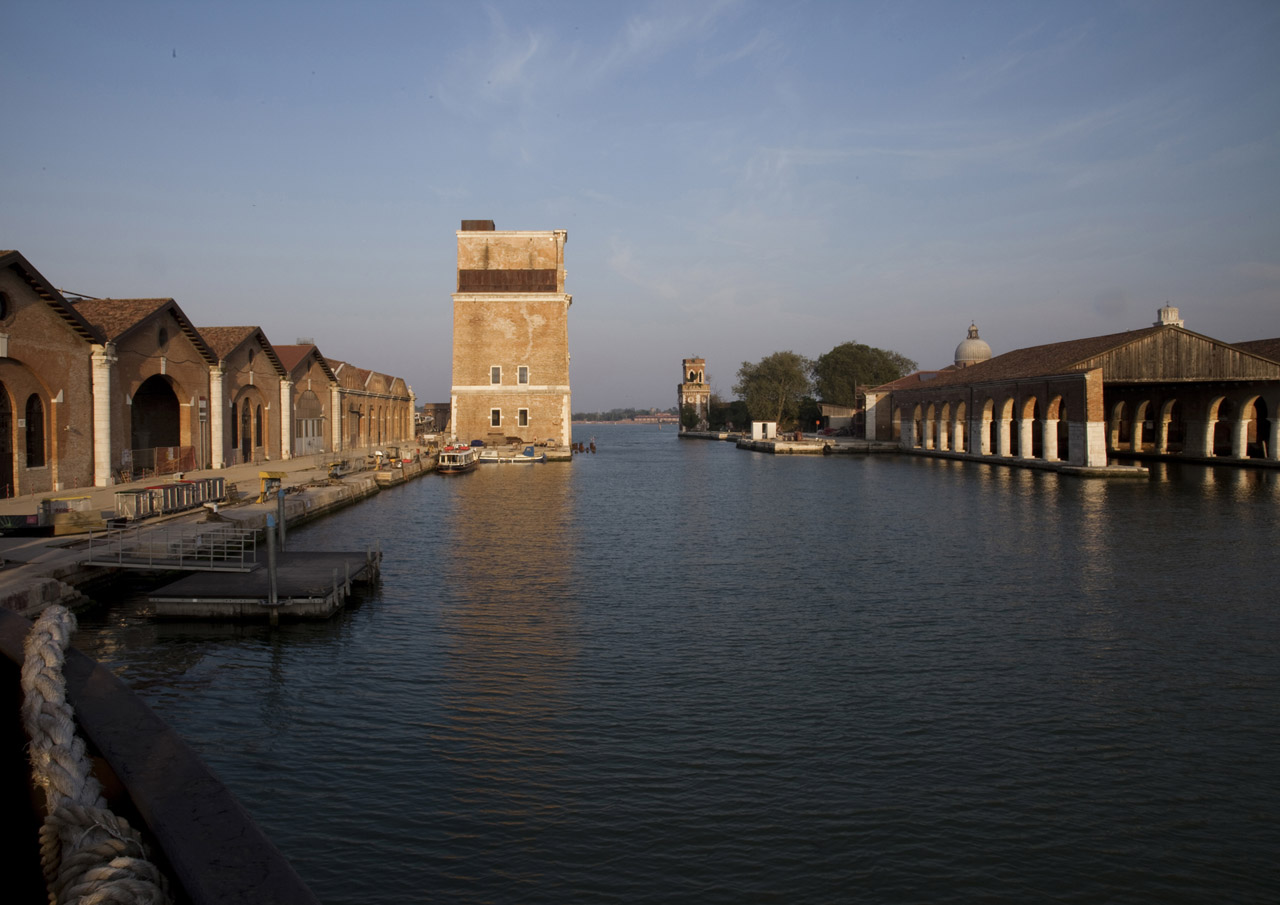
Ph. Alessandra ChemolloORCH
Porta Nuova tower restoration was carried out between 2006 and 2011, and it has been an important turning point in the career of Traudy and Francesco, the first project that won an important competition organized by Arsenale di Venezia Spa.
The project consisted of the renovation of a nineteenth century tower in the Arsenale of Venice, converted into a cultural center. The tower, which soon fell into disuse after construction, was restored with the idea of making the most of the internal spatiality of the building and is therefore divided into three sectors.
Ph. Alessandra ChemolloORCH
Ph. Alessandra ChemolloORCH
The ground floor houses the reception and conference rooms while the first floor is dedicated to exhibitions; the offices are located in the mezzanines. The materials used interact with the pre-existing ones, playing with different patterns and textures.

The tramway terminal in Piazzale Roma
The canopy in Piazzale Roma is located in a transit area of Venice, which over the past decades has been the subject of various architectural competitions, mostly left on paper. For those arriving in Venice by tram, bus and car, the square is the first place to look out over the city.
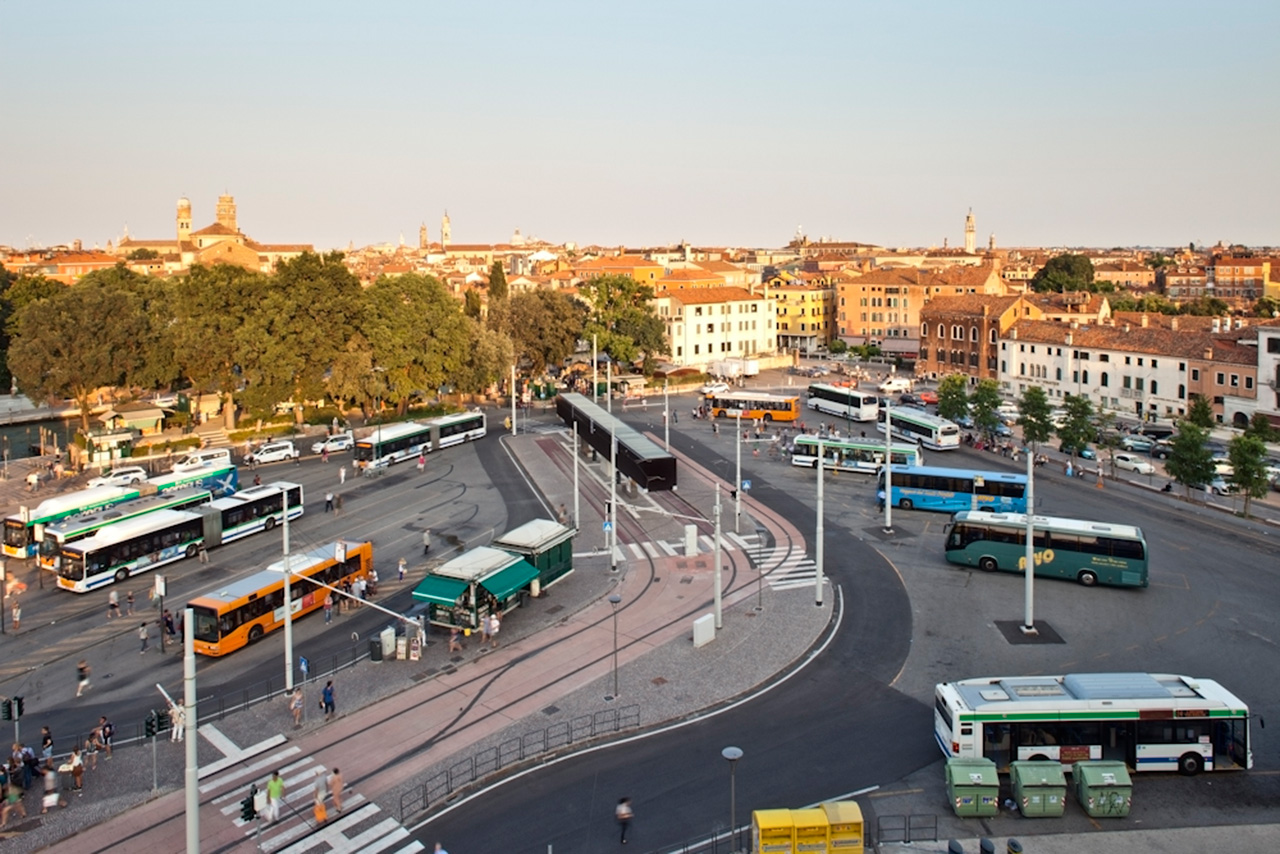
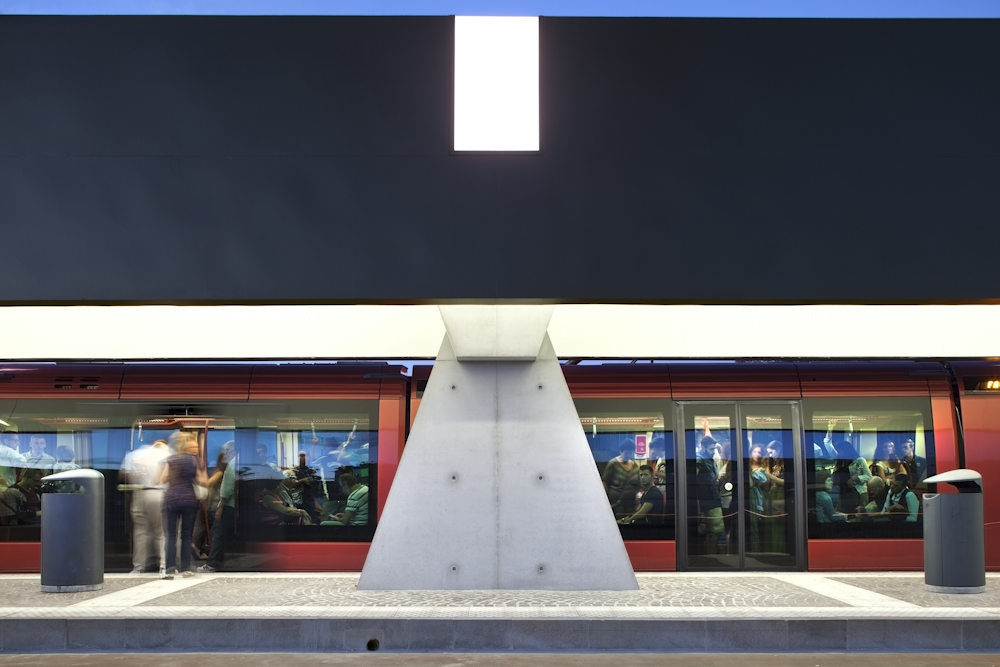
At night, the shelter turns into a suspended light area that draws the eye and guides the commuters towards the tram. With this project, MAP studio won the Italian Architect Award in 2018.
What they see is a heterogeneous context, which houses infrastructures and buildings built in different years by designers with diverse approaches and ideas. However, this non-place remains a point of connection between the historic Venice, an isolated island, and a Venice projected towards the contemporaneity, linked to the mainland by numerous means of transport. MAP studio's idea was to build a structure that was both an ordering element and a temporary shelter, a sort of room without walls for travelers.
The restoration of Casa Balboni
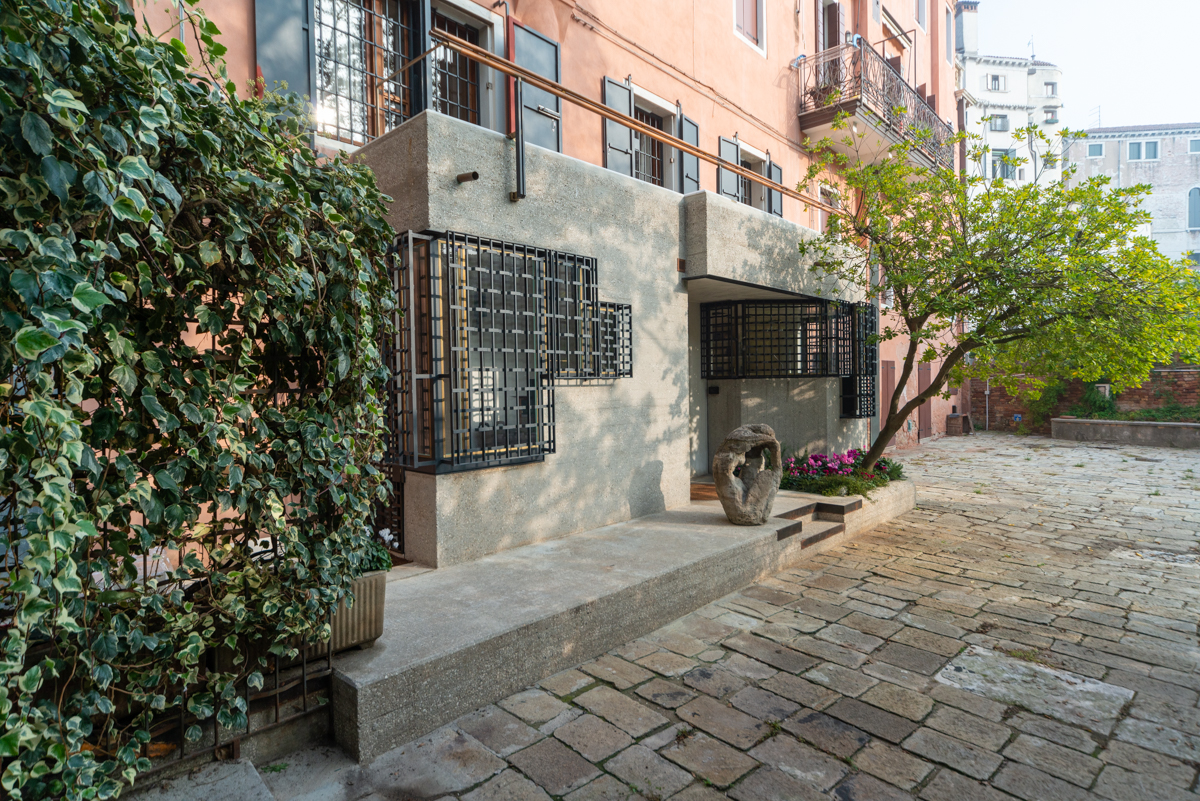
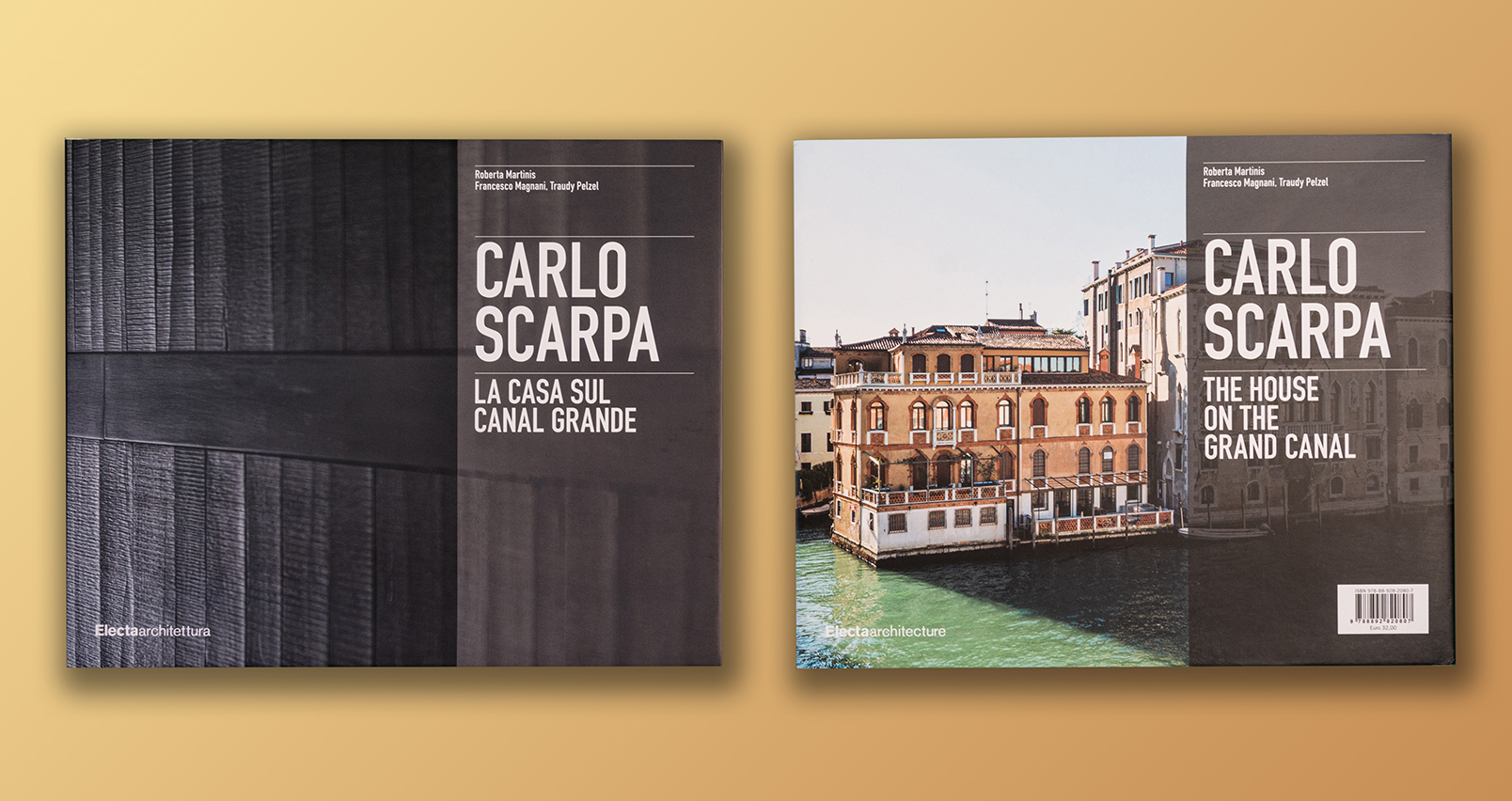
The architects told us that working on the residential project by the master has been an instructive, unique experience that allowed them to deepen and analyze in detail his practice. During the restorations, sketches and executive details hidden behind wooden panels and tiles were brought to light, which allowed the architects to deeply understand every aspect of the building, underlining the spatial solutions used by Scarpa and giving new life to the spaces.
The studio most recent work is the restoration of Casa Balboni, work of architect Carlo Scarpa, a project widely discussed in the book recently published by Electa: Roberta Martinis, Francesco Magnani, Traudy Pelzel, Carlo Scarpa. The house on the Grand Canal.
Interiors. Ph. Claudia Rossini
The house was built by the Venetian architect for Loredana Balboni, wife of Francesco Pasinetti, who passed away in 2013. The current owners financed the restoration and decided to keep alive the memory both of the spaces and the lady, preserving the whole art collection of the widow Pasinetti.
